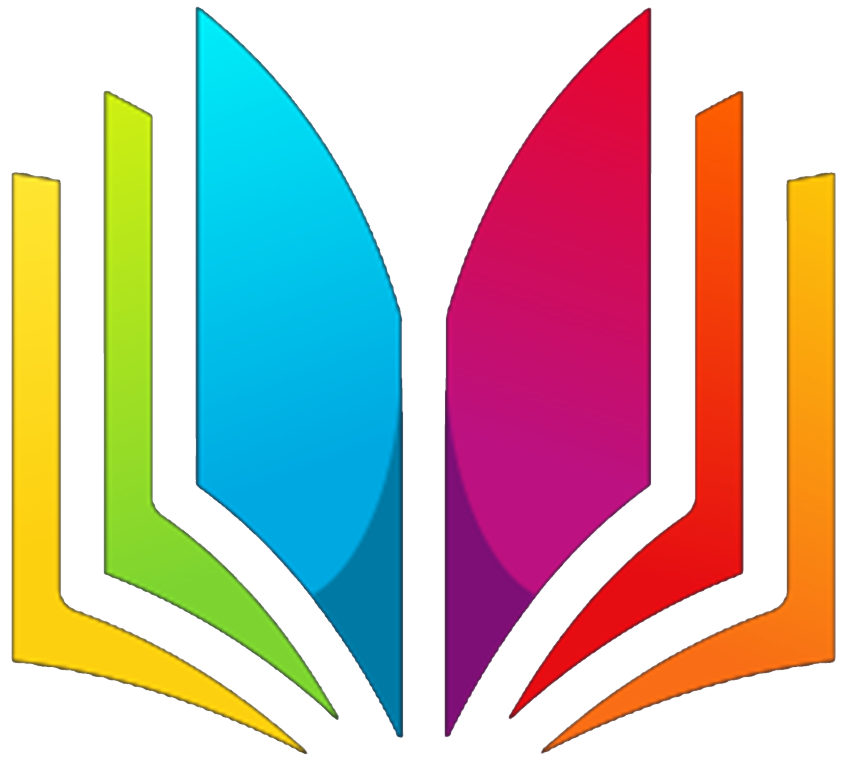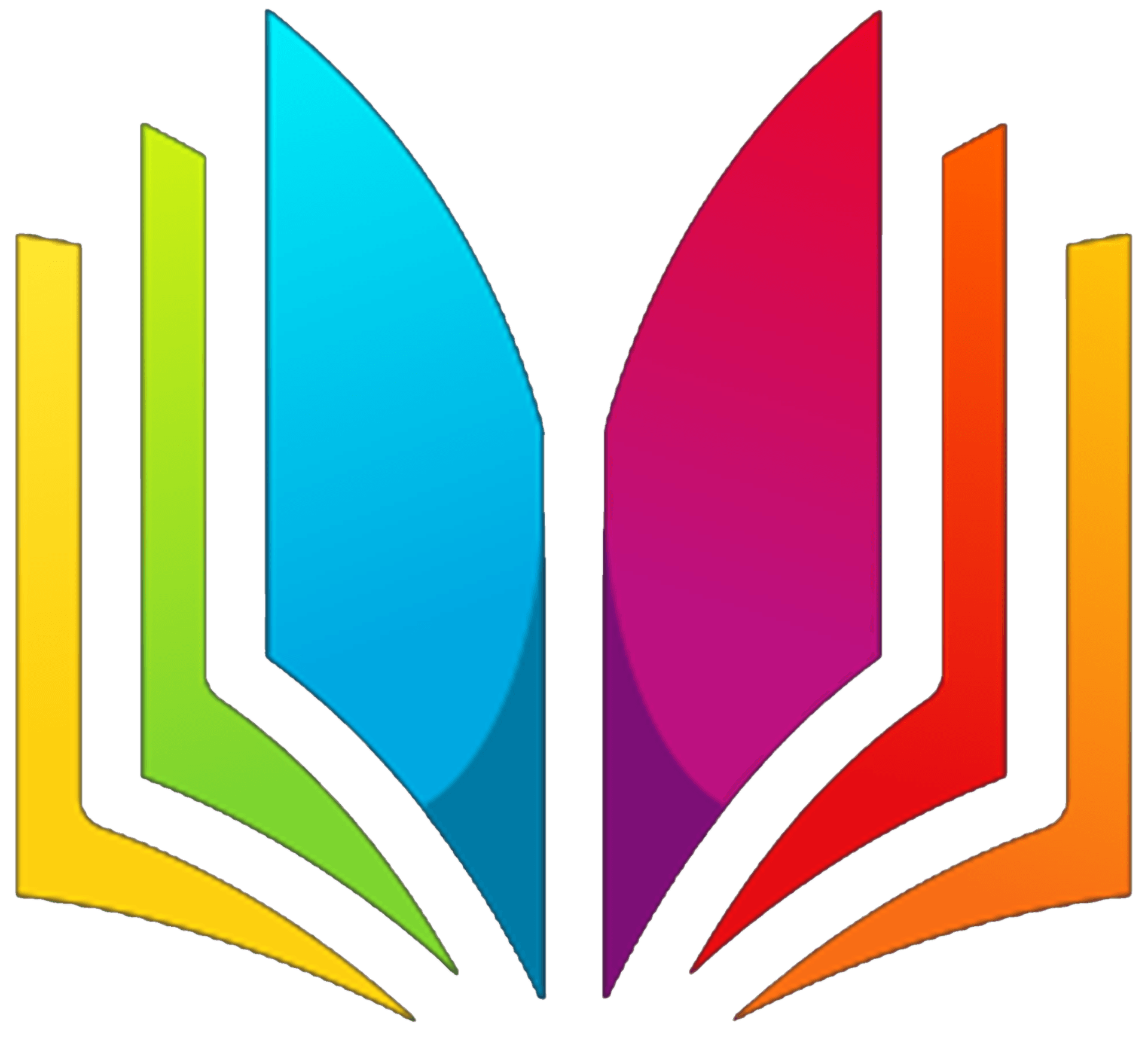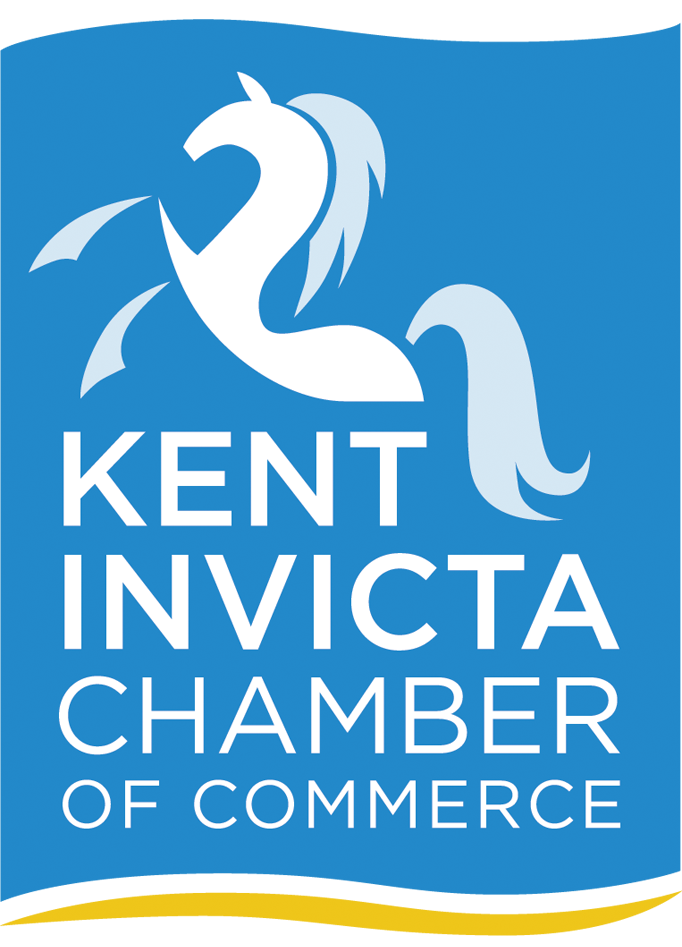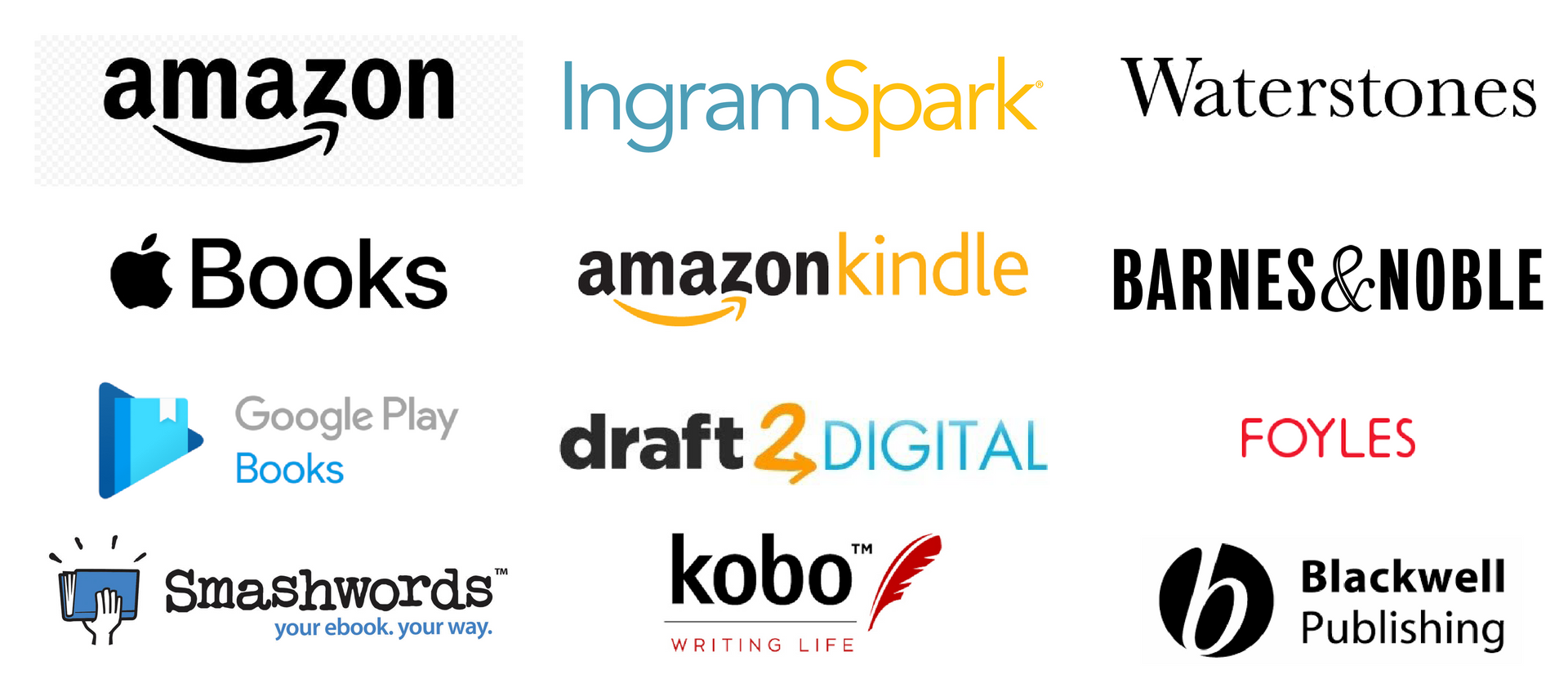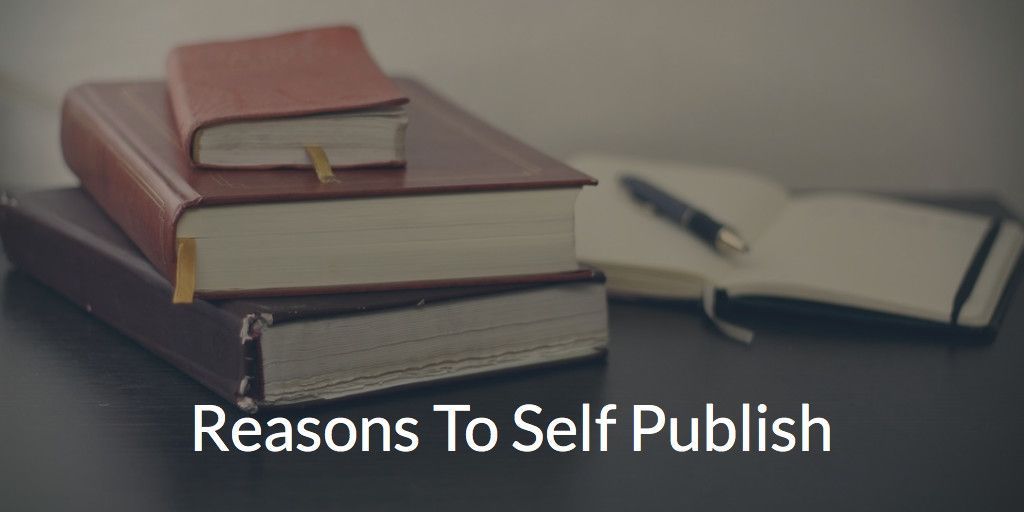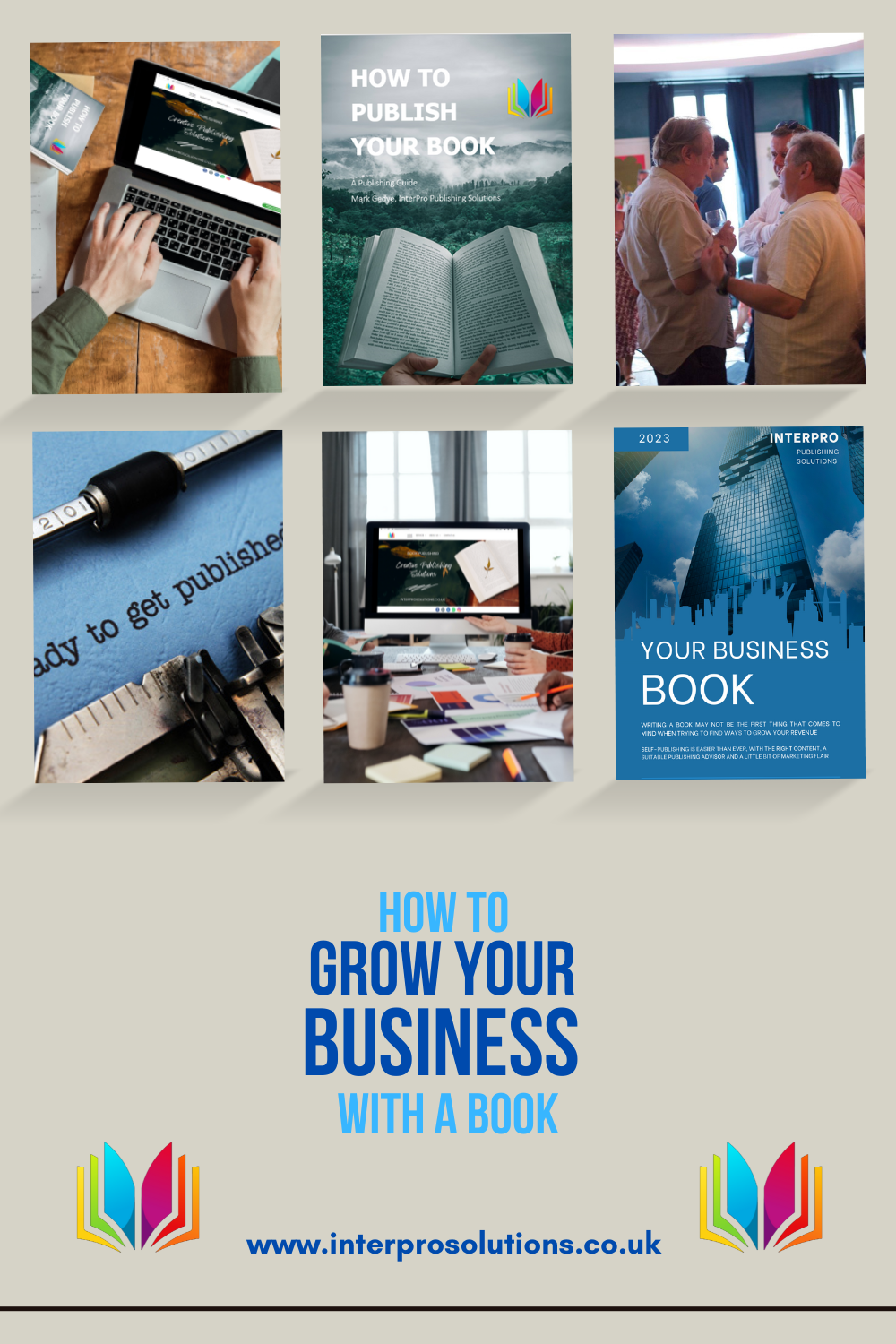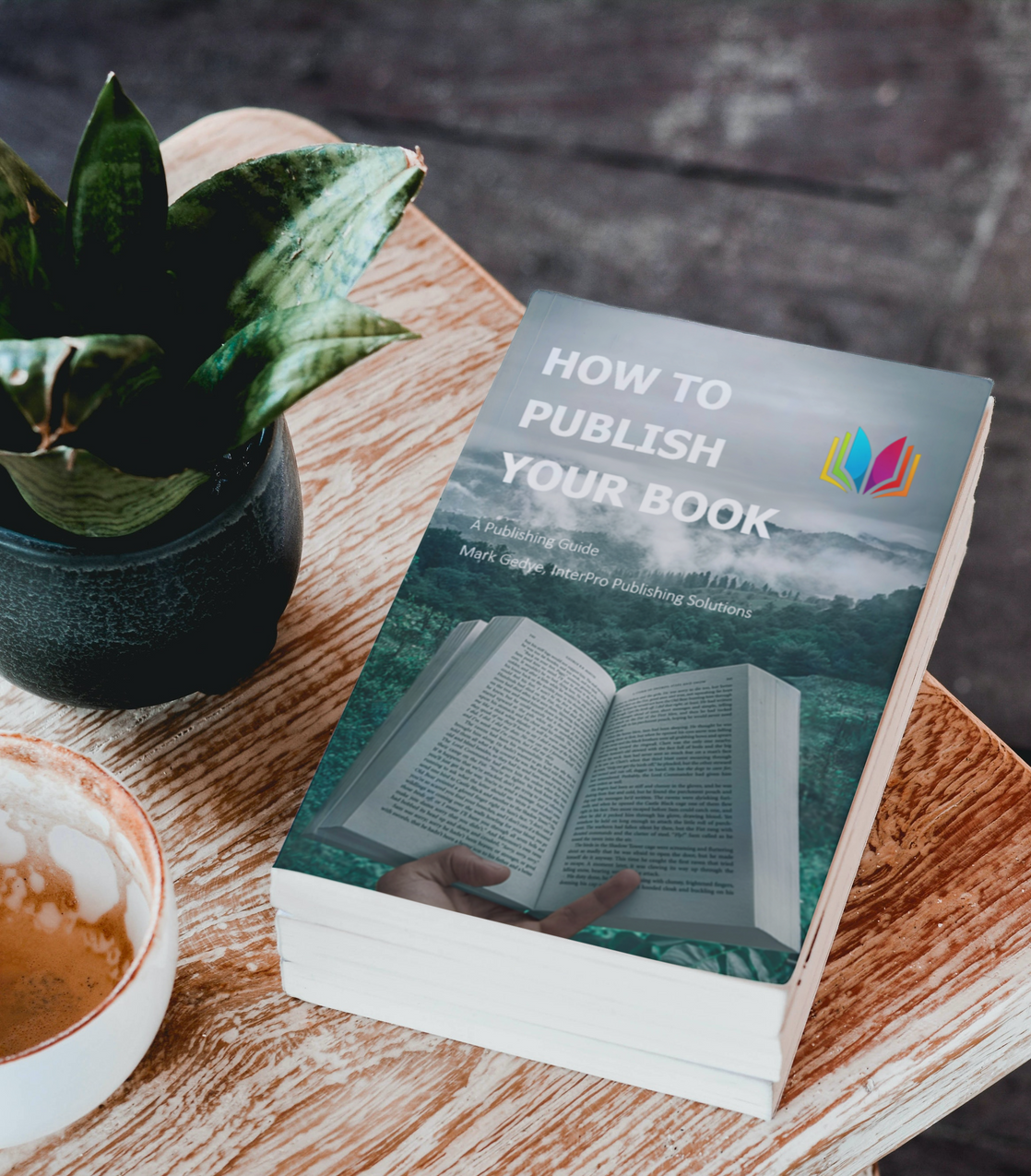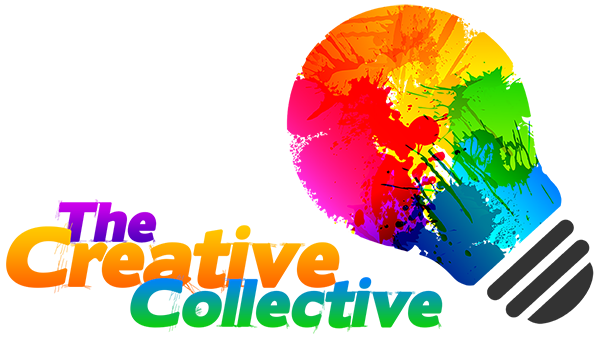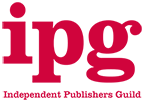Self-publishing has been around for 1,000's of years

Before Print
The concept of publishing began long before the invention of the printing press. It began as far back as the invention of writing. Scribes copied works by hand. Obviously, this was a very long and painstaking process, then books developed along with movable type.
The Invention of the Printing Press
The Chinese inventor Bi Sheng reportedly invented the first movable type with earthenware circa 1045, but it wasn’t until Johannes Gutenberg invented his own movable type with metal around 1450 that printing really took off. It was at this point that books started to become more widely available. By printing books, the cost of production was significantly reduced and more books could be printed faster. This allowed a wider audience to be able to afford books.
First Books
In 1455, The Gutenberg Bible was the first major book printed in Europe with movable type. It wasn’t until 20 years later that the first book in English, “Recuyell of the Historyes of Troye”, were printed.
Early Publishing Models
By the early 1800s, two publishing models had emerged. An author could sell the copyright and receive a one-time payment from the publisher for the rights to the book. Alternatively, the book could be published “on commission.” In this model, the publisher would advance the cost of publishing the book and keep all the profits until the cost had been recouped. After that, the publisher would keep 10 percent and the author would get the rest. If the sales did not recoup the cost of publishing, the author would be responsible for the cost.
The Inception of Traditional Publishing
Sometime in the next hundred years or so, these dual models faded and what we now think of as traditional publishing emerged. In some ways, the traditional model blends selling the copyright and publishing on commission. Many authors get an upfront payment for their book, and authors sign away their rights to the book. Additionally, publishers keep all profits until the cost of production (and the advance payment for the right to publish) have been recovered, and then they give the author royalties. However, the royalties are much lower, often between 10 and 20 percent.
The Introduction of Self-publishing
With the creation of the world wide web in 1990, the world of self-publishing exploded. It was suddenly easy to type your book on a personal computer and send it to a printer.
In mid to late 80's it was possible to produce 'on-demand' printed books but predominantly text only like directories, due the low print quality being 300 dpi (dots per inch), then in 1992 Xerox released the Docutech range of printers which were higher quality at 600 dpi. In the same year I launched one of the first 'on demand' printing companies, specialising in printing lower quantities to order.
When Amazon launched in 1994, it became much easier to sell your book online. Simultaneously, the online program Story Space was released. It was a software for creating, editing, and reading. Michael Joyce’s afternoon, a story was sold on floppy disks as a demonstration of the program. When CreateSpace, then called CustomFlix Labs, launched in 2002, it changed the game: it allowed authors to print and bind books like any other professional book on the market. In the years that have elapsed since then, the market has become flooded with self-published works. This a double-edged sword; authors who are unable to get a publishing contract are still able to get their works out to their readers.
The Birth of Hybrid Publishing
Most recently, hybrid publishing has become a new model for authors to consider when publishing. This new model gives authors the creative control of self-publishing and the creative and professional expertise and distribution of traditional publishing. The payment distribution is reminiscent of the “on commission” model of the early 1800s. The publisher only takes a small cut of the royalties, but the author is responsible for the costs of production.
Hybrid publishing is still coming into it’s own and has made great strides towards being seen as on par with traditional publishing in the last few years. In 2018, the Independent Book Publishers Association published a list of nine criteria to be considered a hybrid publisher. This gives the moniker legitimacy and establishes that the books are of quality and available widely.
In 2022, traditional publishing, self-publishing, and hybrid publishing are the main paths for publishing for authors.
Ready to see your book in print?
Explore our publishing solutions
